 The Runaway Quilt by Jennifer Chiaverini
The Runaway Quilt by Jennifer Chiaverini Series: Elm Creek Quilts #4
Published by Plume on January 1, 2002
Genres: Historical Fiction
Pages: 336
Format: Hardcover
Source: Library
Buy on Amazon, Buy on Bookshop
This post contains affiliate links you can use to purchase the book. If you buy the book using that link, I will receive a small commission from the sale.
Goodreads
After learning of her family’s ties to the slaveholding South, Sylvia Compson scours her attic for clues and discovers a window into the world of her the memoir of her great-grandfather’s spinster sister, Gerda Bergstrom. Gerda’s memoir chronicles the founding of Elm Creek Manor and the tumultuous years when Hans, Anneke, and Gerda Bergstrom sheltered fugitive slaves within its walls, using quilts as a signal of sanctuary. But little did the staunchly abolitionist Gerda know that a traitor was among them, placing the Bergstroms in grave danger and leading to family discord, betrayal, and a secret held for generations.
With the help of the Elm Creek Quilters and clues hidden within antique quilts discovered in the manor’s attic, Sylvia stitches together the pieces of her past and decodes the true nature of the Bergstrom legacy.
There is debate about whether quilts were used as signals on the Underground Railroad. There is not a great deal of evidence to support the theory that quilts served as signals to those escaping slavery, but I think many people want it to be true because it makes a compelling story. One argument people who believe in this theory often use is that evidence doesn’t exist because the quilts were secret signals. I’m not sure that argument holds much water. Jennifer Chiaverini acknowledges this lack of evidence in her book and even has one of her characters, a quilt historian, make the skeptic’s argument. However, in this novel, she imagines that at least a couple of houses in Pennsylvania used quilts to signal that their homes were stations on the Underground Railroad.
Sylvia Bergstrom Compson, the main protagonist of the Elm Creek Quilts novels, uncovers a journal in her attic. Gerda, her great-grandfather’s sister, wrote the journal, and it details the role the Bergstrom family played as stationmasters on the Underground Railroad and their experiences with one particular woman who escaped enslavement. The book alternates between past and present as Sylvia reads Gerda’s journal. If Gerda’s journal is not very realistic for the time, I can forgive it because the story is captivating and touches on several interests of mine: reading, writing, quilting, and family history. This particular volume in the series is light on descriptions of Elm Creek Quilts’ quilt camp and the other quilters, focusing instead on Sylvia and her discovery. It’s not too hard to believe Sylvia would find a journal and quilts in her attic, given the age and prominence of her house.
I enjoyed this one a great deal. It’s rare for series to continue to be this good as they continue, but I’d say this is one of those rare series.
 Round Robin (Elm Creek Quilts, #2) by
Round Robin (Elm Creek Quilts, #2) by  The Cross-Country Quilters (Elm Creek Quilts, #3) by
The Cross-Country Quilters (Elm Creek Quilts, #3) by  The Union Quilters (Elm Creek Quilts #17) by
The Union Quilters (Elm Creek Quilts #17) by 
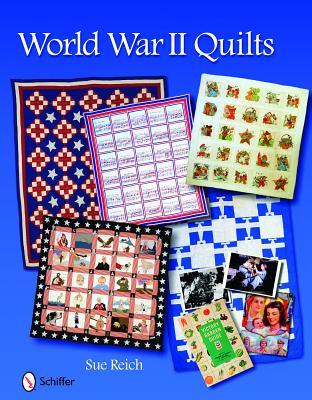 World War II Quilts by
World War II Quilts by  A New Deal for Quilts by
A New Deal for Quilts by  The Winding Ways Quilt by
The Winding Ways Quilt by 
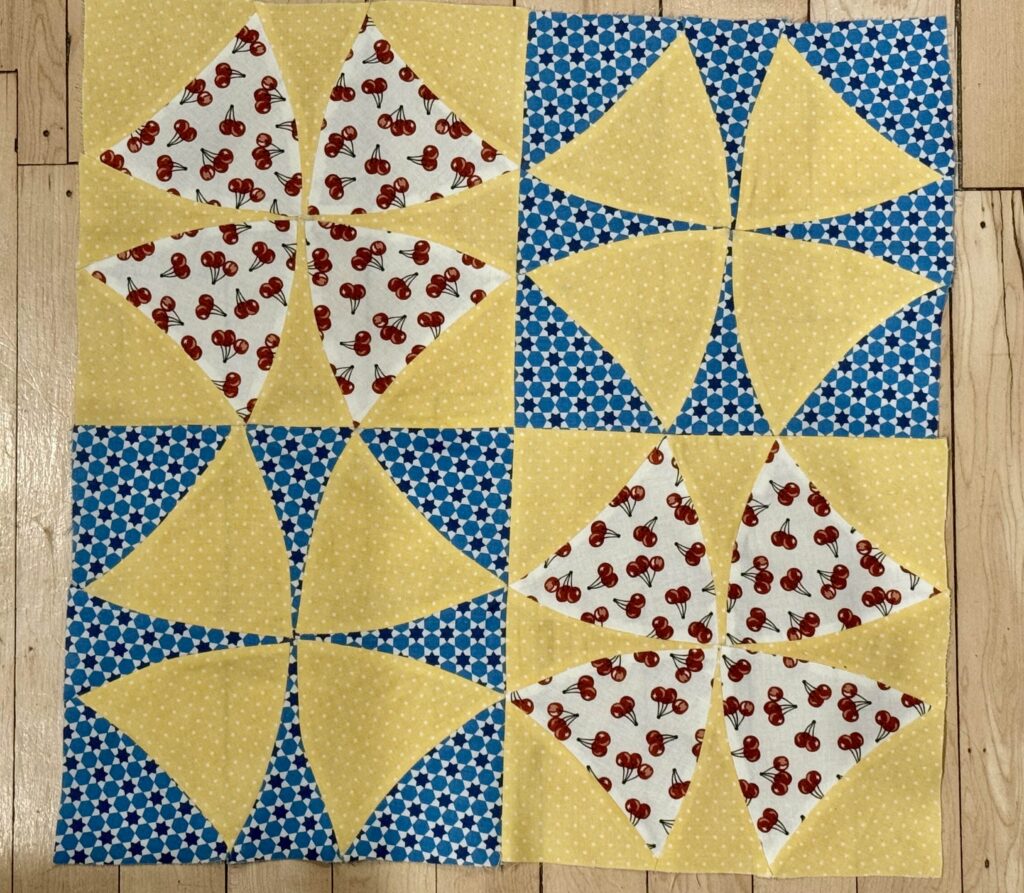
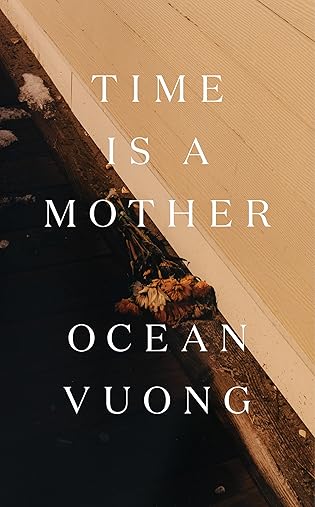 Time Is a Mother by
Time Is a Mother by 
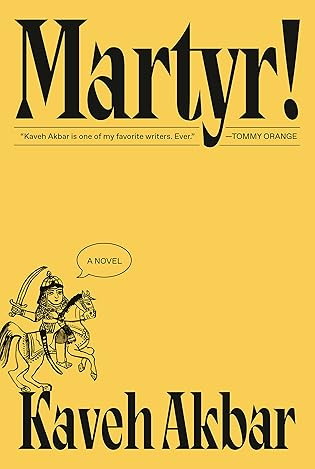 Martyr! by
Martyr! by 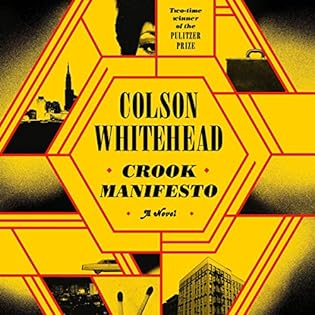 Crook Manifesto by
Crook Manifesto by 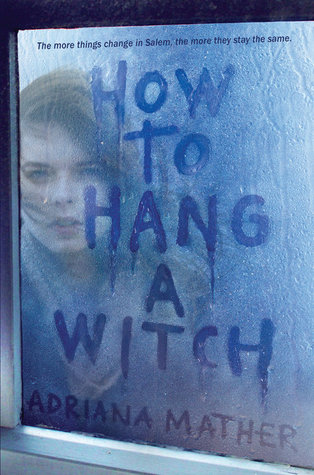 How to Hang a Witch (How to Hang a Witch, #1) by
How to Hang a Witch (How to Hang a Witch, #1) by 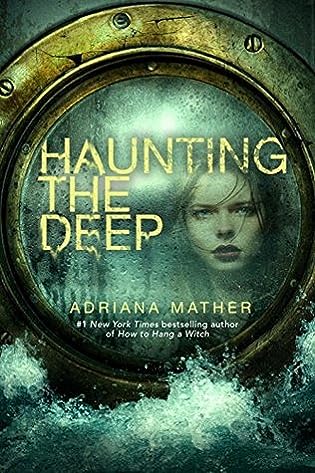 Haunting the Deep (How to Hang a Witch, #2) by
Haunting the Deep (How to Hang a Witch, #2) by